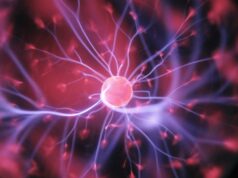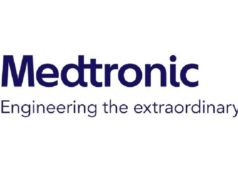 As per a recently published retrospective chart review, the removal of sacral neuromodulation (SNM) devices in the office setting, under local anaesthesia, is a safe, well-tolerated and effective procedure.
As per a recently published retrospective chart review, the removal of sacral neuromodulation (SNM) devices in the office setting, under local anaesthesia, is a safe, well-tolerated and effective procedure.
Reporting their findings in the journal Urology, Sarah Martin and Howard Goldman (both Cleveland Clinic, Cleveland, USA) initially state that, in instances whereby SNM devices need to be removed, permanent lead and implantable pulse generator (IPG) explants are “traditionally” performed in the operating room under sedation.
But—owing to the fact that office-based removal of SNM devices holds the potential to reduce the length of hospital stays for patients and thus decrease costs to the healthcare system—the authors sought to present their experiences of removing SNM components in the office setting, and under local anaesthesia, by a single surgeon.
They conducted a retrospective chart review from 2017–2022 of SNM lead and IPG removals performed in this way, reporting patient characteristics, outcomes, and complications, and found that a total of 41 SNM leads with/without IPGs were removed via an office-based procedure. Some 88% of the included patients were female. The mean age of the patient cohort was 66 years, and they had a mean body mass index (BMI) of 28.6.
“The most common indications for SNM treatment were urgency incontinence (56%) and non-obstructive urinary retention (24%),” Martin and Goldman write, reporting the results of their research.
They further state that 44% (18/41) of SNM device removals were leads removed after failed stage I, while the remaining 56% (23/41) were leads with IPGs removed most commonly for decreased efficacy. In the latter group, the authors continue, median time to removal was 3.1 years, and 52% (12/23) required a separate medial incision for lead retrieval. Additionally, 9% (2/23) required fluoroscopy, of which one was planned secondary to BMI 49.4, while the other was needed secondary to excessive scar tissue. No stage I failures required fluoroscopy, the authors also note.
Finally, Martin and Goldman relay that 7% (3/41) of leads required cutdown to the sacrum for removal with leads in place between 3.1–3.9 years.
“All leads were removed completely intact and there were no complications,” the authors add, concluding that, as such, the in-office removal of SNM devices under local anaesthesia can be deemed “effective, well-tolerated, and safe” based on their experiences.













